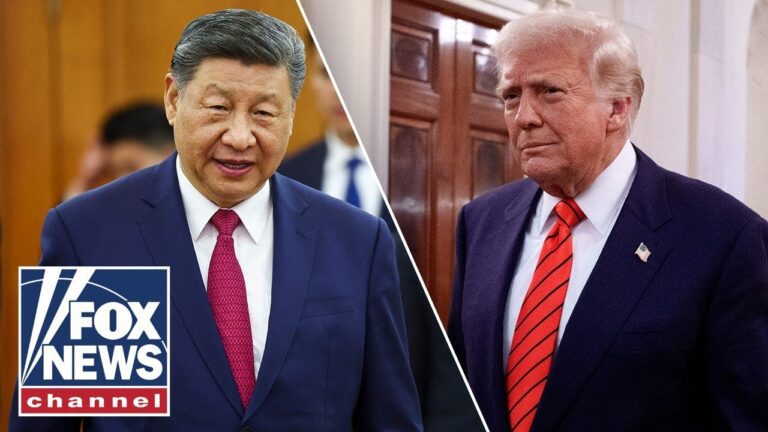Video at the bottom!
In a recent segment on “Mornings with Maria,” President Trump unveiled an ambitious $175 billion plan for a state-of-the-art missile defense system named the Golden Dome. The initiative aims to establish a cutting-edge shield to safeguard the United States from potential foreign missile threats. Trump emphasized the urgency of the project, stating that it would integrate with existing defense capabilities and be fully operational before the end of his term.
Lockheed Martin, a leading aerospace company, is positioned to play a significant role in this innovative endeavor. During the discussion, Frank St. John, the Chief Operating Officer at Lockheed Martin, highlighted the firm’s expertise in missile defense systems and its proven capabilities in various domains, including space and airborne technologies.
The Golden Dome is designed to intercept both nuclear and conventional missiles, addressing a growing demand amid evolving global threats. St. John reassured viewers that the project would be a substantial job creator across multiple states, ensuring the system is built domestically.
The initiative has sparked international reactions, particularly from China, which voiced concerns that the plan could destabilize global balance. However, St. John defended the project by asserting that strong deterrence is crucial for preventing conflict, emphasizing that the system is fundamentally defensive in nature.
Addressing skepticism regarding the cost and feasibility of defending an entire continent, St. John pointed out that many components of the system have been proven in smaller-scale applications around the world. He expressed confidence in the combination of existing technologies and advancements in areas like artificial intelligence, which will facilitate the integration of the Golden Dome’s capabilities.
As the discussion wrapped up, St. John remained optimistic about the timeline for implementation, suggesting that with the capabilities already at hand, the U.S. could build a credible deterrent swiftly and continue adapting to future threats over the coming years.


